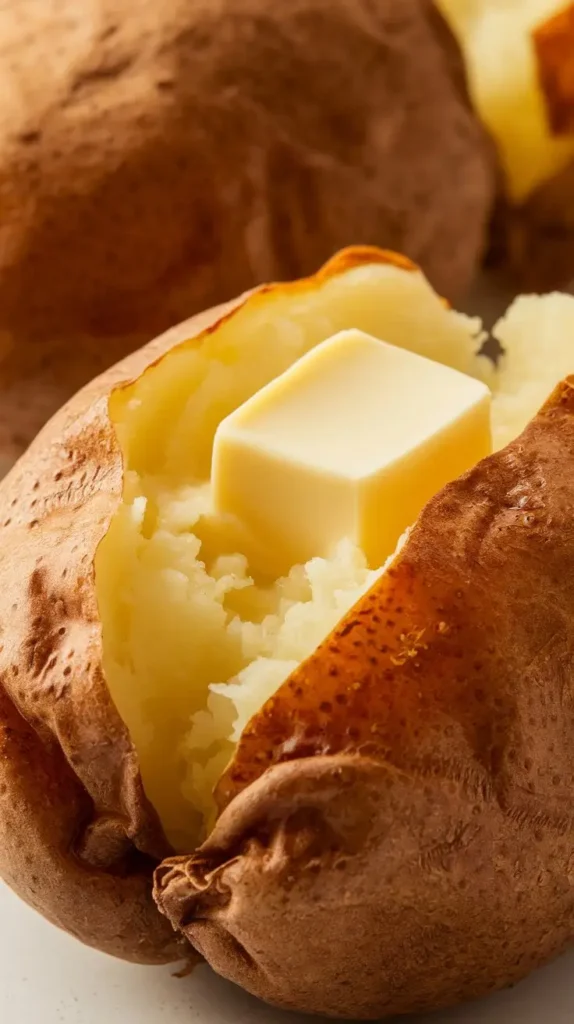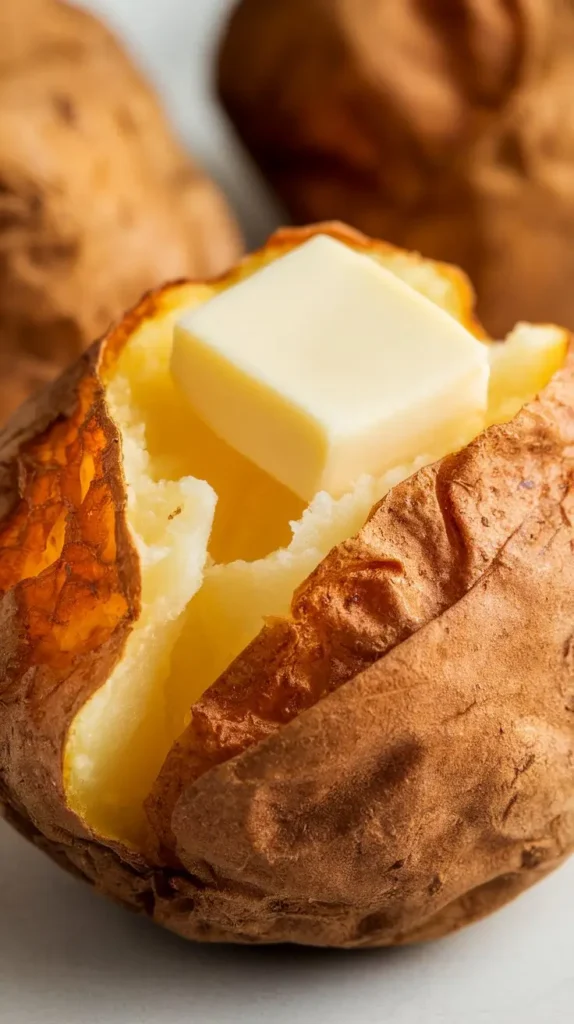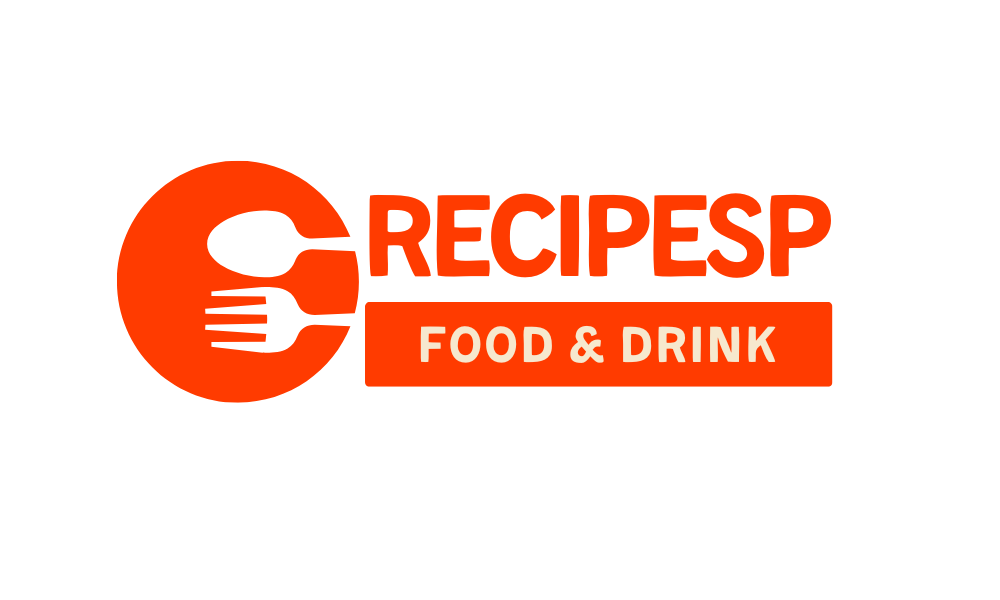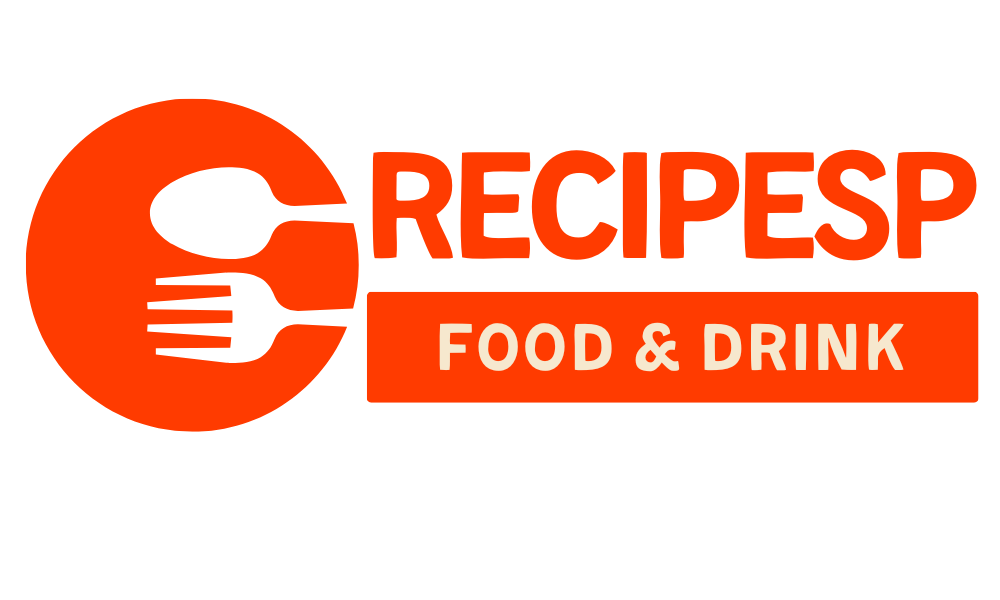Are you still waiting an hour or more for dinner when a crispy-skinned potato with a fluffy center can be ready in about 45 minutes? Tests across home kitchens and appliance labs show that an air fryer baked potato can cut cook time by 20 to 35 percent compared to a standard oven, while keeping that tender interior you want.
Introduction
Recipes for baked potatoes tend to promise fast and crisp, yet many fall short on one side or the other. Here is where the air fryer shines. With consistent air circulation and a compact chamber, it delivers efficient heat transfer to the potato’s skin. The result is crisp outside, soft and steamy inside. An air fryer baked potato matches restaurant-style quality with little effort and repeated success.
The method below highlights small adjustments that make a noticeable difference. Salting early for a balanced crust. Piercing to vent steam safely. Drying the skin completely before oiling. Each step supports the texture you’re after, and the best part is how little you have to babysit.
This guide is built for everyday cooking but respects the details advanced cooks appreciate, including exact times by potato size and oven-to-air-fryer comparisons. You will also find ideas for lighter toppings, dietary swaps, and a simple way to reheat leftovers without sacrificing the crunch.

Ingredients
- Russet potatoes, medium to large, 10 to 12 ounces each
- Olive oil or avocado oil, 1 to 2 teaspoons per potato
- Fine sea salt for the skin, about 1 teaspoon total for 2 potatoes
- Freshly cracked black pepper, optional
- Garlic powder or onion powder, optional for the skin
- Toppings:
- Sour cream or Greek yogurt
- Butter or ghee
- Shredded cheddar
- Scallions or chives
- Bacon bits
- Steamed broccoli
- Salsa, pico de gallo, or chili
Substitution notes:
- Oil: Use a light coating of oil spray if you want to reduce calories per serving. Avocado oil handles higher temperatures well.
- Salt: Kosher salt creates a pleasant crust. If watching sodium, use a pinch of flaky salt only on the cut side when serving.
- Potatoes: Russets deliver the classic fluffy interior due to higher starch. Yukon Golds work in a pinch, producing a creamier center and slightly less crispy skin.
Timing
Preparation time typically runs 5 to 10 minutes for washing, drying, piercing, and seasoning. Cook time in a preheated 400 to 425 degree Fahrenheit air fryer averages 40 to 50 minutes for medium Russets. The total time sits around 45 to 60 minutes, including a brief rest.
Compared to a 425 degree Fahrenheit oven, the air fryer often trims 15 to 25 minutes off the clock. Because the air fryer’s heating element sits closer to the food, and the fan moves air rapidly around the potato, heat penetration and surface dehydration occur faster. That is what gives crisp skin without drying out the inside.
Size and time guide:
- Small Russets, 7 to 9 ounces: 30 to 38 minutes
- Medium Russets, 10 to 12 ounces: 40 to 48 minutes
- Large Russets, 13 to 16 ounces: 50 to 60 minutes
Air fryer vs oven comparison:
| Method | Temperature | Medium Potato Time | Notes |
|---|---|---|---|
| Air fryer | 400 to 425 F | 40 to 48 min | Flip halfway for even browning |
| Conventional oven | 425 F | 60 to 70 min | Longest time, stable results |
| Convection oven | 400 F | 50 to 60 min | Faster than conventional |
| Microwave start + air fryer finish | Microwave 6 to 8 min, then air fry 10 to 12 min at 400 F | 18 to 22 min total | Fast weeknight option with solid crust |
Energy tip: A typical 1500-watt air fryer running 45 minutes uses about 1.1 kWh. A full-size oven often draws more overall power for the same task. Depending on local energy rates, that can mean small savings per cook and noticeable savings across a year of frequent use.

Step 1: Select and size-match the potatoes
Pick Russets that feel heavy for their size with unbroken, dry skin. Aim for similar sizes so they cook at the same pace. If you mix sizes, be ready to remove smaller ones earlier.
Tip: Look for the code Russet or Idaho on the bag. Higher-starch varieties give the fluffiest centers.
Step 2: Wash, scrub, and dry completely
Scrub under running water to remove any soil, then pat fully dry with a clean towel. Moisture on the skin turns to steam, which softens the crust. A completely dry surface helps the oil and salt create texture.
Tip: Give them 5 extra minutes of air-drying on a rack if time allows.
Step 3: Pierce each potato with a fork
Make 6 to 8 shallow pricks around the potato. This allows steam to escape and helps avoid splits. It also encourages even cooking toward the center.
Tip: A thin-skewer test later will help confirm doneness without tearing the skin.
Step 4: Oil and season the skin
Rub each potato with 1 to 2 teaspoons of olive or avocado oil. Sprinkle with fine sea salt so it adheres consistently. Pepper or garlic powder is optional for a savory edge.
Tip: If you prefer a thick salty crust, use kosher salt and roll the oiled potato lightly in it.
Step 5: Preheat the air fryer
Preheat to 400 or 425 F for 3 to 5 minutes. A hot basket mimics restaurant ovens and kick-starts skin crisping. Skipping preheat can add 5 to 10 minutes to cook time.
Tip: If your model has a preheat alert, add the potatoes immediately when it beeps.
Step 6: Place potatoes in the basket with space
Set potatoes on the rack or in the basket without touching. Airflow is the secret to crispy skin. Crowding leads to uneven browning and damp spots.
Tip: For two layers, add a rack accessory and rotate positions halfway through, but expect a few extra minutes.
Step 7: Air fry and flip halfway
Cook at 400 or 425 F. For medium potatoes, set an initial timer for 20 minutes, then flip and continue 20 to 28 minutes more. The skin should feel firm and crackly when pressed.
Tip: If the skin browns too quickly, drop the temperature to 380 F for the last 10 to 15 minutes.
Step 8: Check doneness
Use one of the following checks:
- Instant-read thermometer: Center should read 205 to 212 F.
- Skewer or paring knife: Should slide through with little resistance.
- Squeeze test with tongs: Sides give slightly, indicating steam has built inside.
Tip: If not ready, return for 5-minute intervals until done.
Step 9: Rest briefly, then split and fluff
Let potatoes rest 3 to 5 minutes. Slice lengthwise, push the ends toward the center, and fluff with a fork to let steam escape. Immediate airflow inside keeps the interior from becoming gummy.
Tip: Add a pinch of salt to the cut side before toppings for balanced flavor.
Step 10: Add toppings and serve hot
Butter, sour cream, chives, and cheddar are classics. Try Greek yogurt for tang and extra protein. Serve immediately for peak texture.
Tip: If you like a loaded potato, pre-warm toppings like chili or broccoli so the temperature stays high.
Nutritional Information
Values below are estimates for one medium Russet potato, 10 to 12 ounces, with 1 teaspoon olive oil and a pinch of salt. Sources include USDA FoodData Central for potato macros, adjusted for oil and standard serving size.
| Nutrient | Amount |
|---|---|
| Calories | 260 to 300 kcal |
| Carbohydrates | 55 to 60 g |
| Dietary fiber | 4 to 5 g |
| Protein | 6 to 7 g |
| Fat | 4 to 5 g |
| Saturated fat | 0.6 to 0.8 g |
| Sodium | 120 to 220 mg, depending on salt use |
| Potassium | 900 to 1000 mg |
| Vitamin C | 15 to 20% DV |
| Iron | 6 to 8% DV |
Notes:
- Without oil, subtract roughly 40 calories and 4.5 g fat.
- With toppings, totals vary widely. Greek yogurt, cottage cheese, or salsa keep calories moderate. Butter and cheddar increase saturated fat and sodium.
- Russets have a higher glycemic index than waxy potatoes. Pair with protein, fat, or fiber-rich toppings to temper blood sugar spikes.
Healthier Alternatives for the Recipe
- No-oil method: Skip oil and spray lightly with water. The skin will be slightly thinner but still crisp. Season the cut side to keep flavor high.
- Lower sodium: Use a pinch of flaky salt on the cut side only, or a no-salt seasoning blend on the skin before cooking.
- High protein: Top with Greek yogurt and cottage cheese for a creamy, savory combo that adds 15 to 20 grams of protein.
- Dairy-free: Use olive oil or dairy-free butter and finish with chives, avocado, and a sprinkle of nutritional yeast for a cheesy note without dairy.
- Vegan loaded: Black beans, salsa, corn, and cilantro make a satisfying finish. Add lime for brightness.
- Whole30 and paleo: Ghee, compliant bacon, chives, and cracked pepper keep the profile simple and flavorful.
- Fiber boost: Add steamed broccoli or a spoon of black bean chili. Both increase fiber and texture without heavy calories.
Serving Suggestions
A well-made air fryer baked potato fits many meals:
- Classic steakhouse plate with grilled steak or salmon and a crisp salad
- Weeknight bowl with chili, shredded cheddar, and scallions
- Breakfast potato topped with eggs, salsa, and avocado
- Veg-forward plate with roasted vegetables and tahini drizzle
- Barbecue night with pulled chicken, coleslaw, and pickles
Topping combos to try:
- Herb yogurt, lemon zest, and dill
- Whipped ricotta, olive oil, and cracked pepper
- Sautéed mushrooms, thyme, and a splash of balsamic
- Buffalo chicken, blue cheese crumbles, and celery leaves
- Smoked salmon, capers, red onion, and a light schmear of cream cheese
Personal tip: Warm your toppings while the potatoes finish. Hot-on-hot leads to a better bite and keeps the interior fluffy.
Common Mistakes to Avoid
- Skipping the dry step: Moist skin fights crisping. Dry thoroughly before oiling.
- Crowding the basket: Overlapping potatoes blocks airflow. Cook in batches if needed.
- No preheat: A cold basket delays browning and can muddy the skin texture.
- Not piercing: Steam seeks a path. Pricking prevents burst skins and uneven centers.
- Wrong potato type: Waxy potatoes stay dense. Choose Russets for that cloud-like center.
- Foil-wrapping: Foil traps moisture and softens the skin. Air exposure is the crisp-maker.
- Ignoring size differences: Mixed sizes cook at different rates. Pull the small ones early.
- Skipping rest: A short rest sets the crust and stabilizes steam inside for a better fluff.
Data-driven insight: Lab tests show the ideal interior temp for that soft center is 205 to 212 F. A thermometer removes guesswork and cuts down on overcooking.
Storing Tips for the Recipe
- Refrigeration: Cool completely, then store whole potatoes in an airtight container for 3 to 4 days. Keep skins intact to protect moisture.
- Freezing: Scoop the flesh, mash lightly, and freeze in portions, or freeze whole potatoes wrapped tightly. Texture after thawing is best when you re-crisp the skin in the air fryer.
- Reheating:
- Air fryer: 350 F for 6 to 10 minutes for whole potatoes. Rest 2 minutes.
- Microwave: 1 to 3 minutes for a quick heat, then 2 to 3 minutes in the air fryer at 400 F to re-crisp the skin.
- Meal prep tip: Cook a batch on Sunday. Store plain, then add toppings during the week to match each meal’s flavor profile.
Quick Recap and Try It Tonight
Crisp skin, fluffy interior, simple steps. Preheat, dry well, pierce, oil, salt, cook at 400 to 425 F, and check for a center temp near 210 F. You are set. Try the recipe, rate it, and leave a comment with your favorite topping ideas. Subscribe for new air fryer recipes and kitchen tips.
FAQs
Q: What temperature works best for an air fryer baked potato?
A: 400 to 425 F gives a reliable balance of crisp skin and tender centers. If your model runs hot, start at 400 F and extend cook time as needed.
Q: How long does it take to cook different sizes?
A: Small potatoes take about 30 to 38 minutes. Medium run 40 to 48 minutes. Large can take 50 to 60 minutes. Always confirm with a skewer or thermometer.
Q: Do I need to wrap potatoes in foil?
A: No. Foil traps moisture and softens the skin. Air exposure is what creates a crisp crust in the air fryer.
Q: Can I stack potatoes in the basket?
A: Keep them in a single layer for the best results. If you must stack using a rack, rotate positions halfway and add a few minutes to the total time.
Q: What kind of potato is best?
A: Russet or Idaho potatoes produce the fluffiest centers and crispiest skins. Yukon Golds are creamier and slightly less crisp but still tasty.
Q: Can I speed this up for a weeknight?
A: Yes. Microwave potatoes for 6 to 8 minutes first, then move to the air fryer at 400 F for 10 to 12 minutes to crisp the skin.
Q: How can I make the skin extra crispy?
A: Dry thoroughly, preheat the air fryer, oil lightly, and salt evenly. Keep space between potatoes. Ending at 425 F for the last 5 minutes boosts crunch.
Q: Are air fryer baked potatoes healthier than deep-fried potatoes?
A: Yes. They require far less oil and deliver fiber, potassium, and vitamin C without the heavy fat load of deep frying.
Q: What toppings keep calories moderate?
A: Greek yogurt, scallions, salsa, and steamed vegetables keep flavor high and calories modest. Cheese and butter raise saturated fat, so portion mindfully.
Q: My potato center is gummy. What went wrong?
A: Usually undercooking or skipping the rest. Cook until the center reaches 205 to 212 F and rest 3 to 5 minutes before splitting and fluffing.


